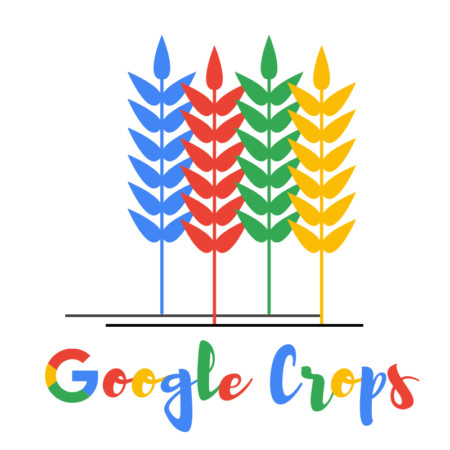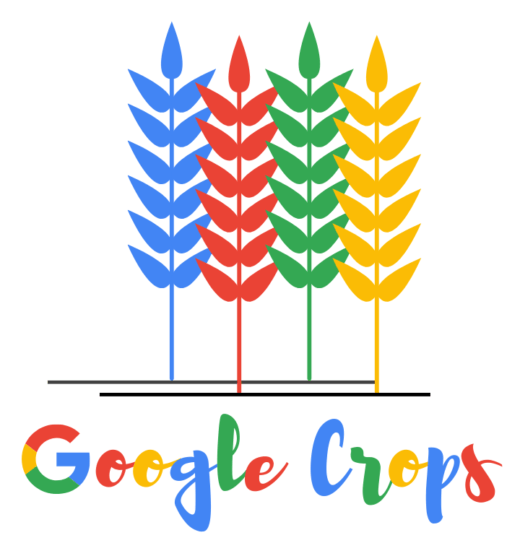Artificial intelligence developed optimal crops

Advances in artificial intelligence (AI) stagger the minds regarding what is capable today. This spring, a demonstration of Google Assistant, witnessed Google’s AI phoning a hair salon to book an appointment, all without the salon being aware they were talking with a computer. The computer revolution is opening up all kinds of technology possibilities. In an excellent TED Talk on augmented intelligence, one example shows how massive amounts of data are used by computers to optimally design the structures for airplanes, vehicles and more. These optimal structural designs are not developed through any computer program, rather, the computer designs these structures entirely without human assistance.
In plant science research, plant genomic data has been sequenced and readily available through online data storage sites since the first plant genome was sequenced in 2000. So, like the data points in engineering design, could a computer optimally design the genetic makeup for crops? Might we witness Google Crops being planted in fields? I believe this could totally happen and much faster than most of us realize.
Designing a crop future
Let’s look at what data would be required for a computer to ‘optimally’ design a new plant variety. The genomic sequence is already available for most seeded crops. Climatic data could be included in the design for current environmental conditions, tailored for the expected regional growing specifications. Soil quality data could be added, providing resource awareness. Bundling these three essential data, a computer could integrate all of this data, and simulate the expected ‘optimal’ crop specifications. It could then assess if the design is actually ‘optimal’ by running a projected generation analysis, and then select the design which is the optimal variety for a specific region. Such a process would specify which genes would need to be modified and by exactly how much, to ensure that the variety would be the most efficient for the coming growing season, or for 3-5 years into the future.
It might sound like a bright-eyed, bushy-tailed idea, but who is to say it’s not an option for the future of plant breeding? If it is, it could allow for variety development time to be substantially shortened and to be capable of responding more rapidly to changing climates. Threats of changing insect or disease populations that threaten crops could be projected, allowing for resistant varieties to be developed and commercialized prior to the arrival of such an insect or disease. This would dramatically shift agriculture into being a proactive industry, instead of the largely reactive/passive industry it presently is.
Is the power of computation dangerous?
Conversely, if someone could grow one of these genetically optimal ‘google’ crops, that had virtually no susceptibility to weeds, insects or disease, what is the negative side of this coin? Would a specific crop be grown year after year on the same field? Would this lead to thousands of monoculture acres that end up having long-term adverse environmental effects? Would these crops be optimal for continuous cropping environmentally? How would we regulate them?
What would it mean for the regulation of new crop varieties? If a plant has been digitally designed to be as efficient as it possibly can and complies with all regulatory requirements, would such a variety require regulatory oversight? We trust computers to do all kinds of other risk-mitigating things for us, why wouldn’t we allow it to mitigate crop and food production risks?
Some experts believe this future could be witnessed within the next 5 years, others think it’s further on the horizon. Without a doubt, the future of agriculture is going to change as more in the next decade than it has in the past 100 years. We’ll just have to see what comes next in the digital age of agriculture, and how we as a society accept it.


